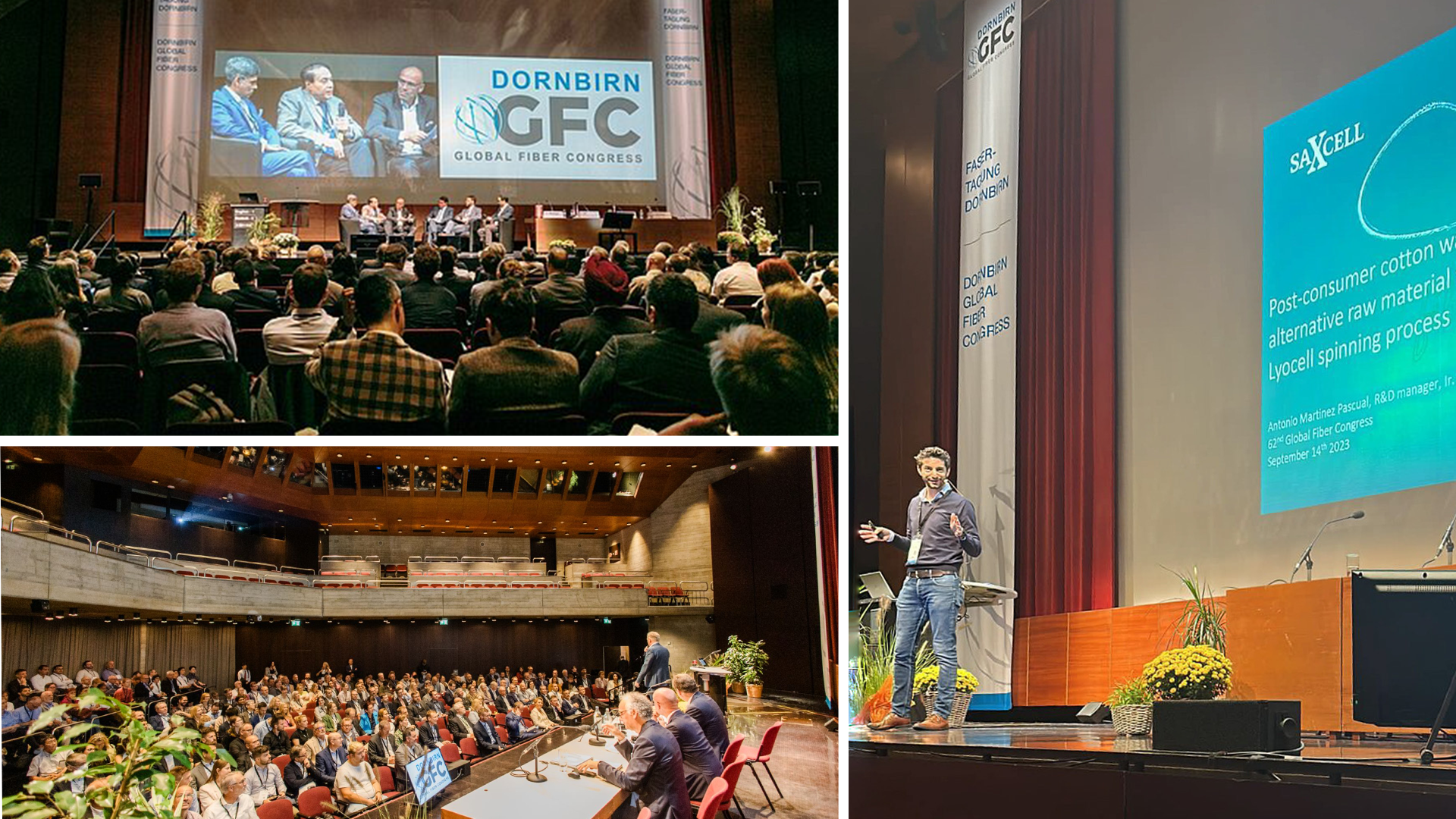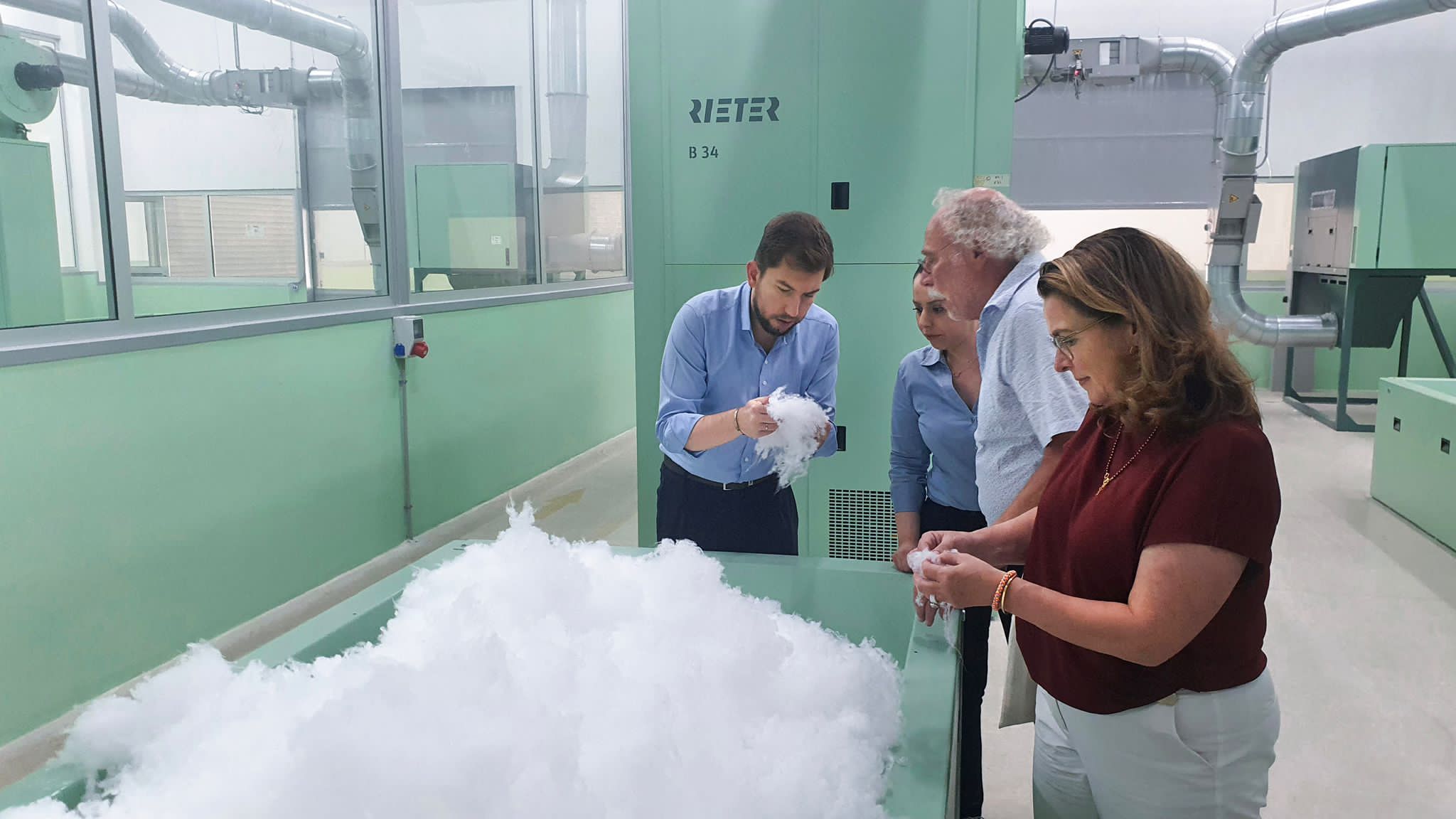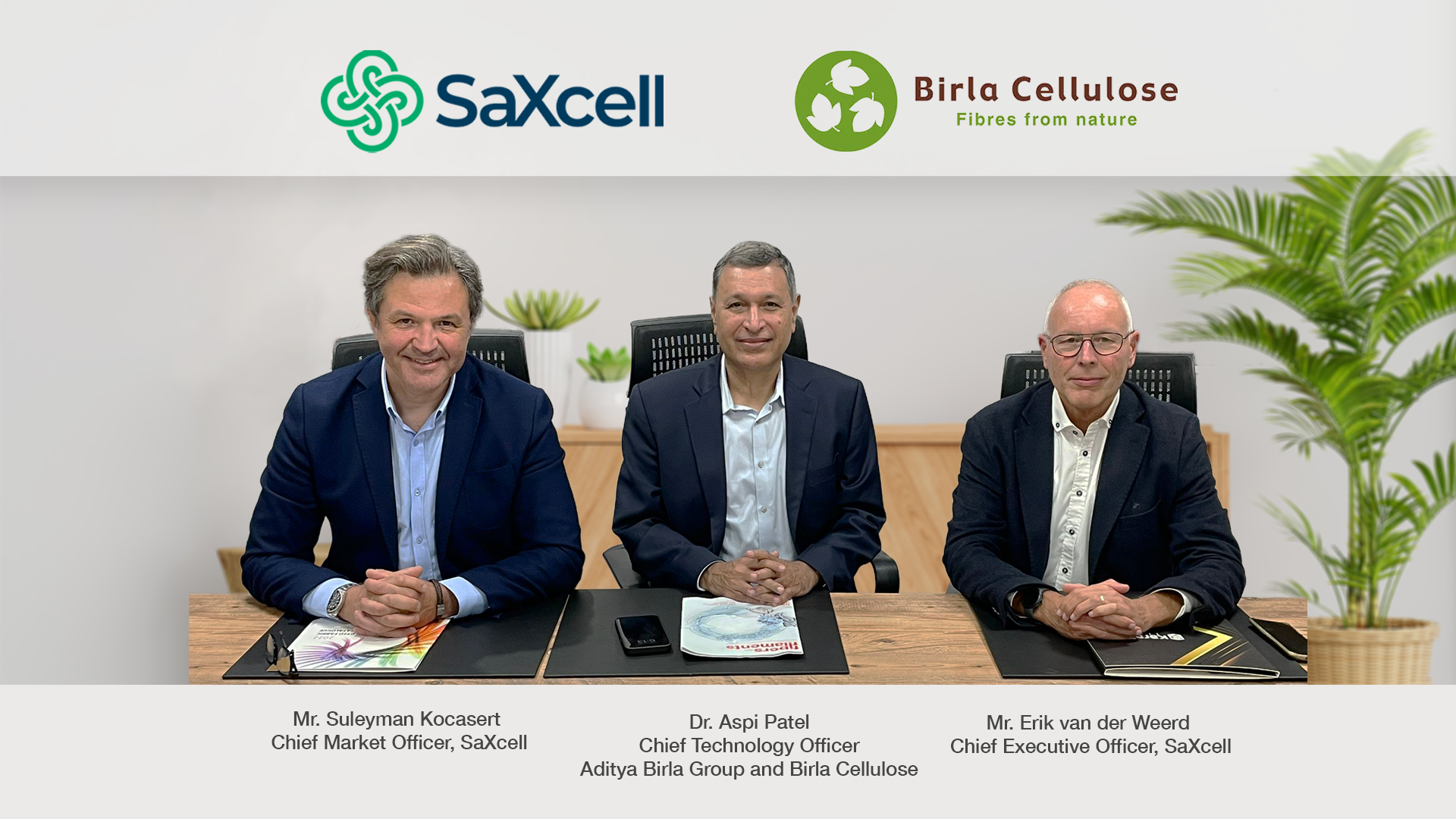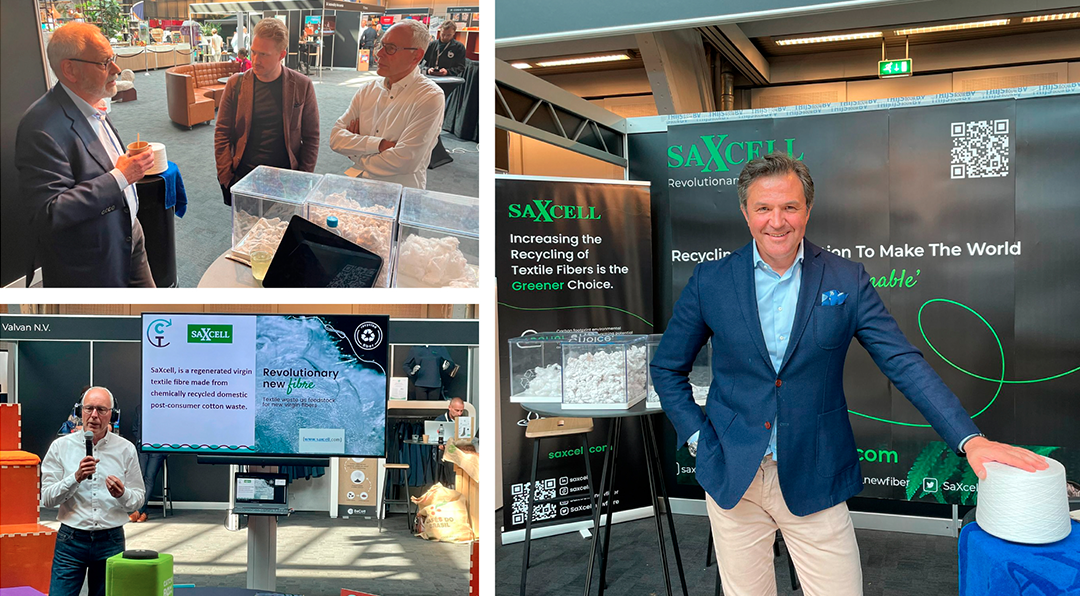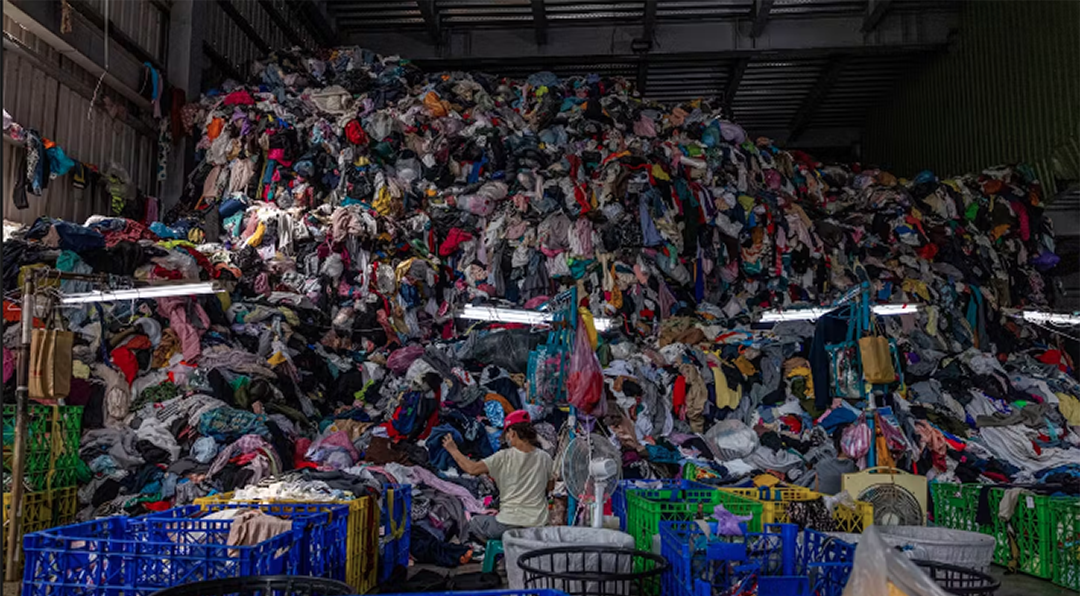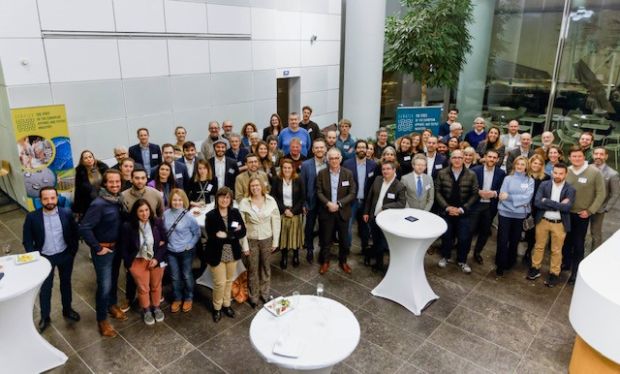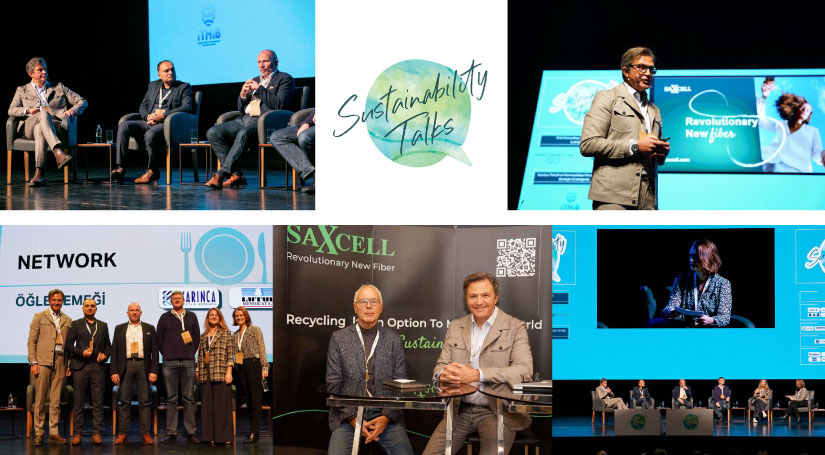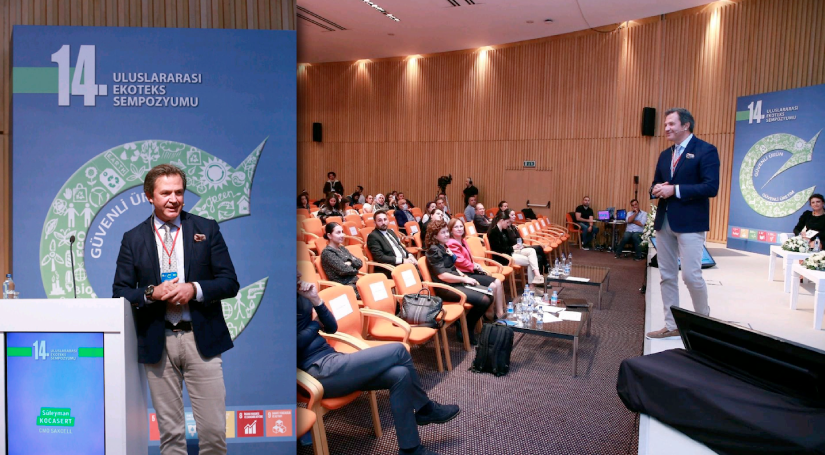Circular Textile Days
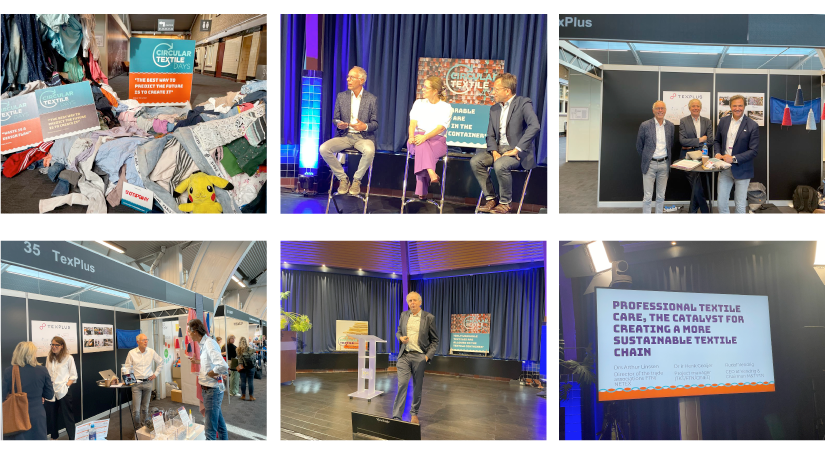
We are greatful to Circular Textile Days Team for creating an opportunity to their Participants and visitors to exchange our information, knowledge and methods about textiles recycling.
The textile industry pumps between 1.22 and 2.93 billion metric tons of carbon dioxide into the atmosphere every year. The result is that, by some estimates, the life cycle of textiles (including laundering) accounts for 6.7% of all global greenhouse gas emissions. Recycling and reusing textiles, fibres and waste materials is an effective method to build sustainability in the apparel industry.ith Upcycling via SaXcell process: making new fibres, optimal staple length, independent of quality of feedstock. Fibres based on the SaXcell process is the answer to fill the gap between waste and raw materials.Our process of recycling fibers uses less water and chemicals.
One of the biggest negative environmental impacts comes from raw materials.
The textile industry as a whole is responsible for over 20% of the global water pollution.
As a consequence, less cotton needs to be cultivated and the amounts of water, farmland, fertilizer
and pesticides can be reduced to a great extend.
SaXcell can make a positive contribution to the solution of these major problems.
Our CEO Erik van der Weerd has clearly stated the share of Saxcell in the recycling process of textile waste with this words.
And As Saxcell, we are moving forward in the light of our principle;
Using textiles waste instead of chopping trees.

